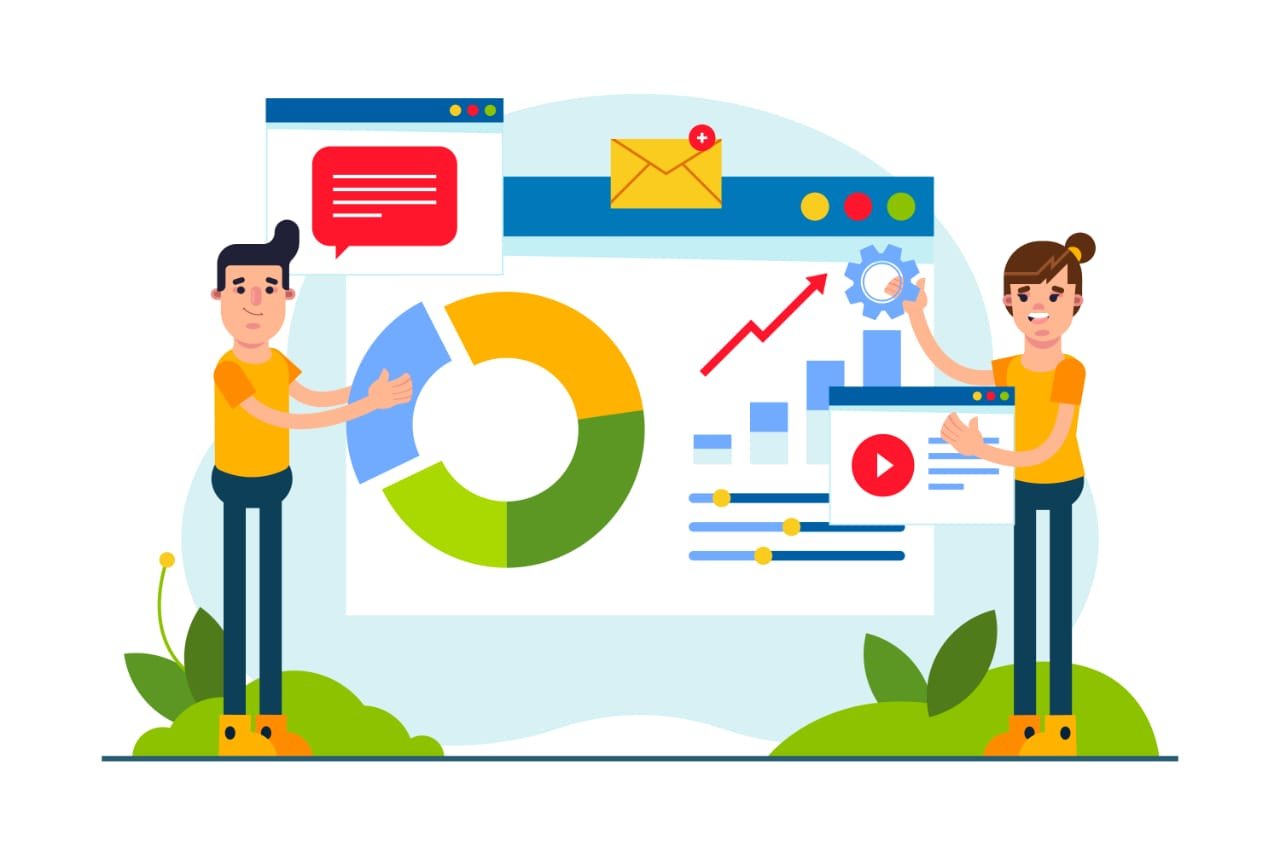Not all leads are created equal. Some are ready to talk to sales. Others are just browsing. Some may never buy at all. When your marketing and sales teams treat them like it, then you are going to waste time, miss real opportunities, and your best prospects are going to be frustrated. That’s where HubSpot’s lead scoring comes in.
The scoring of leads means that each lead will be given a score as on its conversion probability. HubSpot simplifies the process of implementation, customization, and scaling it, but only when you know how to utilize it in the right way.
What HubSpot Lead Scoring Does
The essence of the HubSpot lead scoring is that it will enable you to prioritize your leads. It provides your sales force with a clear answer to who is engaged the most and whose decision they have the highest probability of influencing. They will no longer need to allocate time to reach out to every single person who fills out a form, but can give attention to people who match particular behavioral and demographic criteria.
HubSpot allows assigning a positive and negative value to a lead on the basis of custom rules. Someone downloads a pricing guide? Add 15 points. Someone views the careers page three times? Subtract 10 points. You can consider the activity of such actions as email opens, page views, form submissions, meeting bookings, etc. The scoring can also be on the basis of such data as the size of the company, industry, job title, and lifecycle stage.
When any of your contacts reach a specific score, you are able to launch automated activities–such as sending them to the sales team or enrolling them in a new nurture process. This will lead to a more predictable pipeline that will be cleaner with reps spending their time on leads that are important.
Why Most Companies Get Lead Scoring Wrong
The worst thing that most companies do is that they believe that lead scoring is something that can be set once. They establish some rules, switch it on, and never touch it. The problem is that buyer behavior isn’t static. What worked last quarter might not work now. When your scoring does not match your strategy, it is noise.
The other error often committed is to ensure that the rules are neither too simplistic nor too complicated. It is not sufficient to score a person because he or she has opened an email or has read a blog post. On the other hand, when a hundred rules with micro-values are included, the system would become a knot that no one would be able to untie.
Effective lead scoring is about striking a balance. You should have a good indication of purchasing intent, but the model must be within manageable levels. HubSpot allows you to create that balance; you simply have to implement it with some common sense.
The Role of Sales and Marketing in Lead Scoring
Lead scoring is not a marketing-only function. Sales needs to be involved from day one. They’re the ones who talk to prospects every day. They know what a good lead actually looks like. Without their contribution, your scoring model will be constructed with only assumptions that will be incorrect.
Marketing ought to take the technical aspect of implementing the scoring model in HubSpot, although the reasoning based on it needs to be provided by both sides. Ideally, you sit face to face, finger out what a sales with a qualified lead is, and then you can reverse engineer that again into a scoring system.
HubSpot eases this collaboration by enabling transparency in either of the two teams. The sales can view the score, view how it was obtained, and provide feedback in case it is not accurate. The model is varied with experience over time by tuning it according to the practical performance, not theoretical.
How to Create a High-Impact Lead Scoring Model in HubSpot
Begin by having a goal in mind: what kinds of behaviors, what kind of attributes would make someone a serious buyer? Look at your existing customers. What did they do before they converted? What pages did they visit? What emails did they open? What role or industry were they in?
Use those signals as the foundation of your scoring. Go to Properties in HubSpot, and find HubSpot Score, and begin to enter your criteria. Assign a greater value to your value actions, such as pricing page readings, requesting demos, or high email activity. Deduct the points for inactiveness, the inconsequential sectors, or low buying capacity.
Keep the model simple at first. Then test it. See who’s getting flagged as a hot lead. Talk to sales about whether those contacts are legit. If not, tweak the model. In the long term, it is going to become more precise and provide more sufficient leads to your pipeline.
Using Lead Scoring to Automate Your Funnel
Another great example of how to use HubSpot lead scoring is to automate certain processes according to the score. When a lead reaches some threshold, you can trigger the communication of a sales rep, provide them with a pipeline, or a custom sequence.
This makes your site and your marketing an active selling machine. Rather than waiting till the leads respond, you are capturing them at the opportune time and doing the act quickly. Speed matters in sales. The scoring system provided by HubSpot will give you that speed, provided you build it in the right way.
Final Thoughts
HubSpot lead scoring isn’t just a feature. It is a planning resource that clears the air between genuine opportunities and time wastage. It can only be effective when you approach it as a living system that is based on data, is continuously updated with the help of feedback, and has been aligned across sales and marketing.
Set it up, test it, and keep adjusting. Lead scoring will not only increase the conversion rate of sales when performed properly. It generates alignment, focus, and predictability within your whole revenue operation. And that’s where real growth happens.











